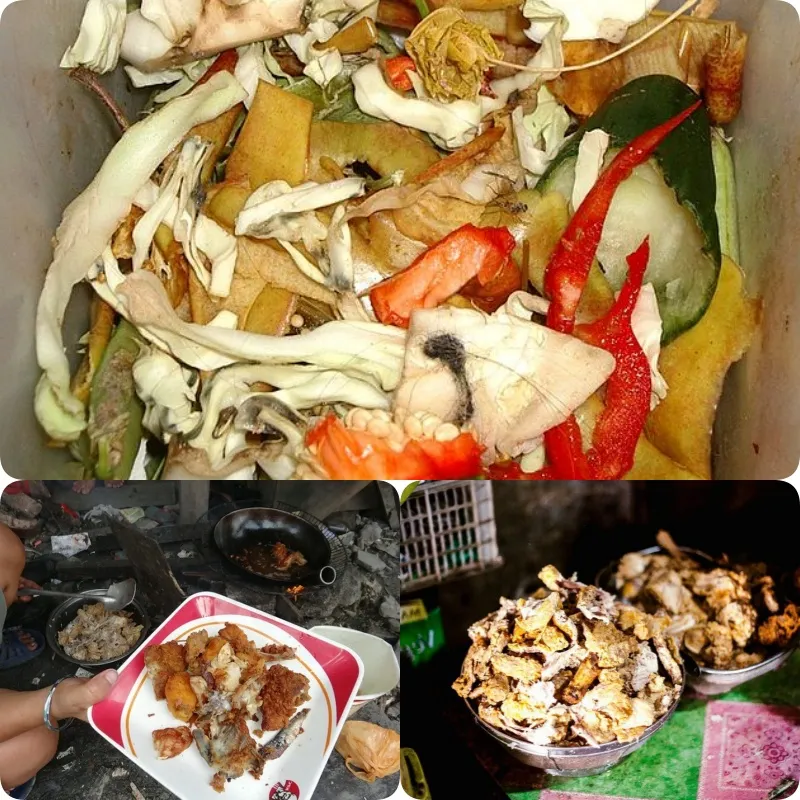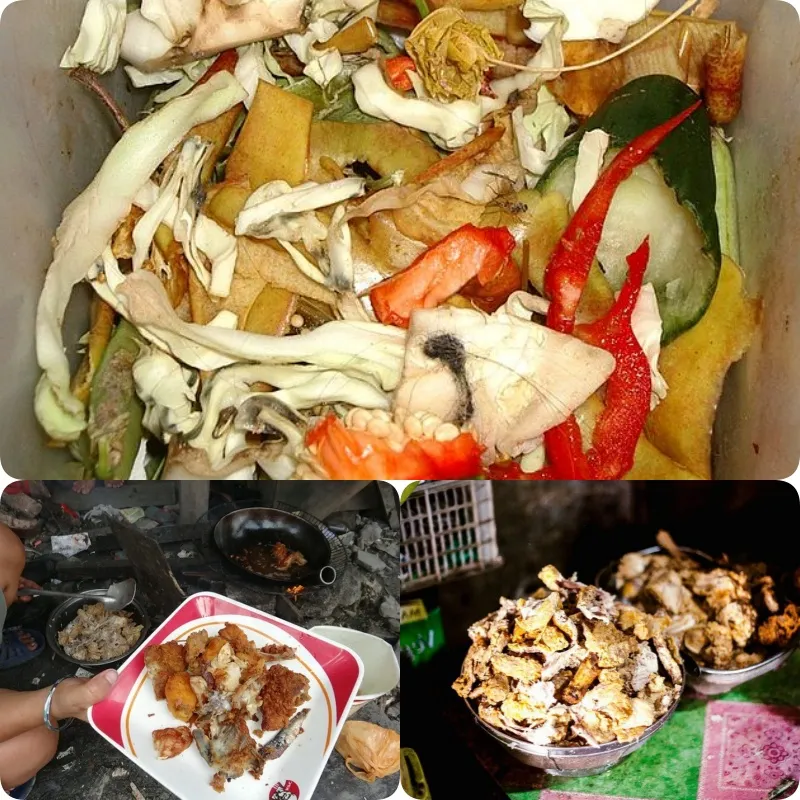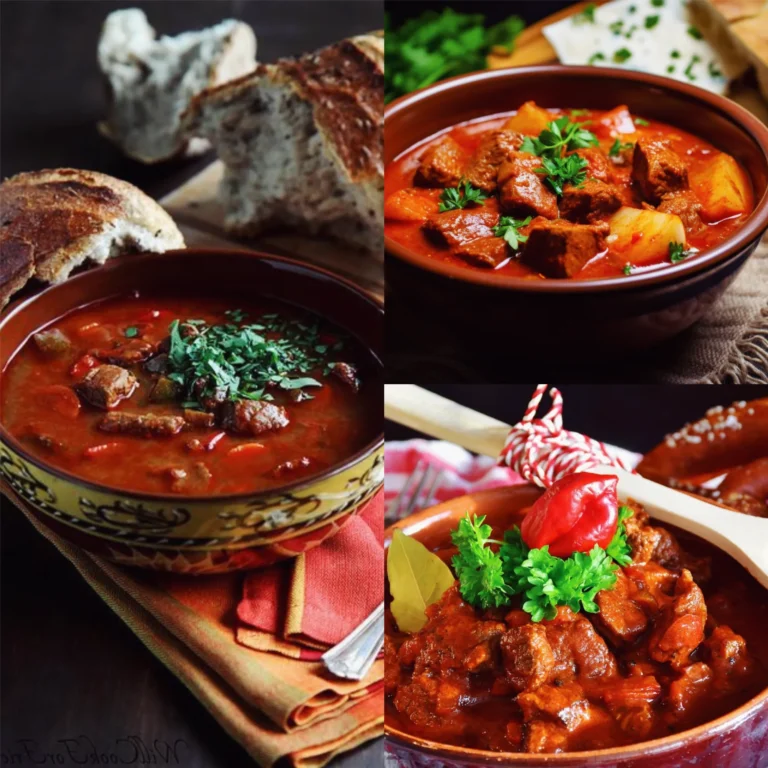
Pagpag: The Journey from Trash to the Poor’s Dining Table
Pagpag, a dish made from meat and bone scraps collected from trash bins, is becoming increasingly popular among the poor residents of Manila, Philippines, as food prices continue to rise. This dish involves gathering leftover food, boiling or frying it, and then adding sauce to improve its taste.
Evelyn Blasorca, a resident of the slum area Happyland, says, “Everyone here likes my food. I haven’t received any complaints.” In Happyland, a slum situated among the piers of Manila’s port, approximately 120,000 people live in cramped, flimsy shacks built on heaps of trash, enduring a foul stench in the sweltering heat and high humidity.

The narrow streets, often less than 1 meter wide, are lined with makeshift shelters constructed from discarded containers. The residents earn a living primarily by collecting recyclable materials such as plastic, cardboard, and metal scrap.
Some individuals, like Roweno Cabuluc, have a unique job of collecting pagpag. Each day, starting early in the morning, he visits restaurants and fast-food chains to search for leftover food from the previous day, which is collected in large plastic bags. After gathering the leftovers, Cabuluc returns to Happyland, where he sorts through the food scraps, separating the meat remnants still attached to the bones. Occasionally, he finds whole pieces of chicken that a customer discarded. Once back in Happyland, these items become some of the most valued and scarce food.
After sorting the scraps, Cabuluc delivers them to Evelyn Blasorca. She cleans the meat, boils it again, and prepares it in two ways: one part is battered and fried, while the other is seasoned with onions, vegetables, and spices, then cooked again and served with sauce. Jay Carriel, a 27-year-old who has spent 7 years collecting plastics, says, “In Happyland, everyone eats pagpag. Some places cook it well, some don’t, but generally, people like it.”
Due to soaring inflation, pagpag has become more popular not only in Happyland but also among the poor living in the surrounding Tondo district, which has an estimated population of 630,000. The inflation has driven the price of onions in the Philippines up to 700 pesos/kg, three times higher than in high-cost countries like Switzerland and Denmark. As a result, pagpag vendors, who rely on onions to enhance flavor, strive to keep the price of each serving between 25 and 30 pesos.

However, the rising food prices have led more people to turn to pagpag. Blasorca, who benefits from this trend, says, “I’m happy to sell more pagpag each day.” Nevertheless, the National Anti-Poverty Commission of the Philippines warns that continuous consumption of pagpag could lead to serious health issues for children, such as stunted growth, malnutrition, and various diseases including hepatitis A, diarrhea, and cholera.
The COVID-19 pandemic has pushed millions of Filipinos into poverty. On August 15, 2022, the Philippine Statistics Authority (PSA) reported that approximately 2.3 million people fell into poverty between 2018 and 2021, primarily due to economic decline caused by the pandemic. According to the PSA, the number of people living in poverty in 2021 rose to nearly 20 million, or 18.1% of the population, up from 16.7% in 2018 and exceeding the government’s target of 15.5-17.5%.
New President Ferdinand Marcos Jr. and Economic Planning Secretary Arsenio Balisacan have set a goal to reduce the poverty rate to 9% by 2028, the final year of Marcos’s six-year term. This target is considered achievable, despite ongoing inflation challenges.






